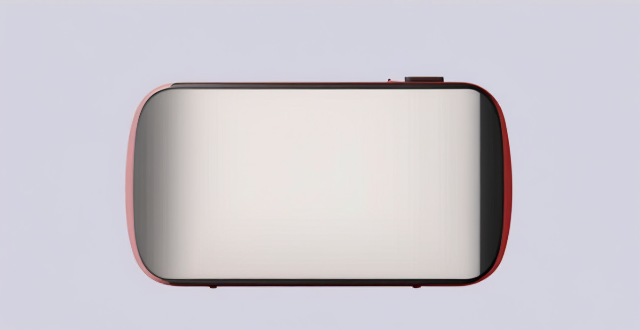Tempered glass screen protectors provide scratch resistance, shatterproof design, high transparency, fingerprint resistance, touch sensitivity, and easy installation. However, they are more expensive, bulkier, difficult to replace, may reduce touch sensitivity, and increase glare and reflectivity compared to other screen protector types.

Advantages of Using a Tempered Glass Screen Protector for Your Phone
- Scratch Resistance: Tempered glass screen protectors are designed to be scratch-resistant, which means they can protect your phone's display from everyday wear and tear.
- Shatterproof: Unlike traditional glass, tempered glass is designed to shatter into small, blunt pieces that are less likely to cause injury or damage. This adds an extra layer of safety to your device.
- High Transparency: Tempered glass screen protectors offer high transparency, allowing you to see the full beauty of your phone's display without any distortion.
- Fingerprint Resistance: Many tempered glass screen protectors have an oleophobic coating that resists fingerprints and smudges, keeping your screen looking clean and clear.
- Touch Sensitivity: These protectors maintain excellent touch sensitivity, ensuring that your phone responds accurately to every tap and swipe.
- Easy Installation: Most tempered glass screen protectors come with easy-to-follow installation instructions, making it simple for anyone to apply them correctly.
Disadvantages of Using a Tempered Glass Screen Protector for Your Phone
- Cost: Compared to other types of screen protectors, such as plastic films, tempered glass options tend to be more expensive.
- Bulkiness: Some users may find that adding a tempered glass screen protector makes their phone feel bulkier or heavier than before.
- Difficulty in Replacing: Once a tempered glass screen protector cracks or gets damaged, it can be challenging to remove and replace without damaging the underlying display.
- Reduced Touch Sensitivity: While most tempered glass protectors maintain good touch sensitivity, some cheaper options might slightly reduce the responsiveness of your phone's display.
- Glare and Reflectivity: Depending on the quality of the tempered glass and its finish, some screen protectors can increase glare or reflectivity under certain lighting conditions.
In conclusion, while there are both advantages and disadvantages to using a tempered glass screen protector for your phone, many users find that the benefits outweigh the drawbacks. By providing superior protection against scratches, shattering, and other types of damage, tempered glass screen protectors help preserve the lifespan and appearance of your phone's display. However, it's essential to consider factors like cost, bulkiness, and potential impact on touch sensitivity when deciding whether this type of screen protector is right for you.